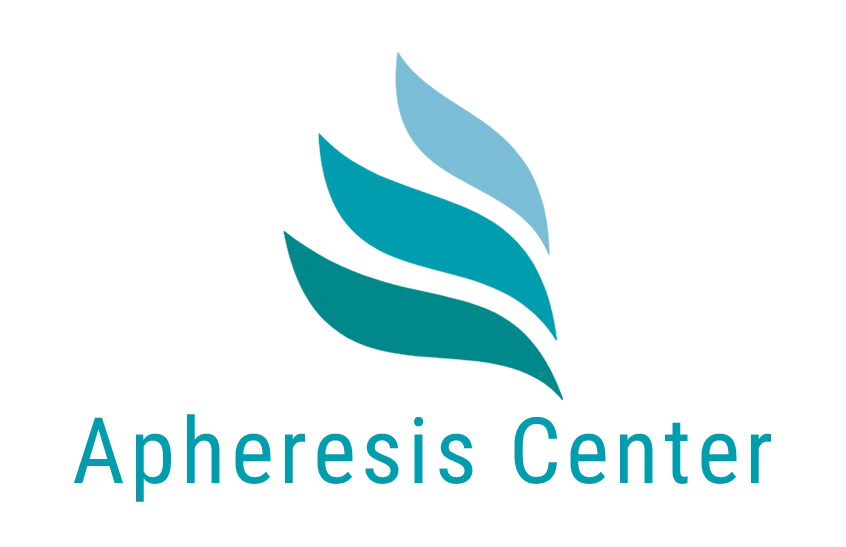Most of us chronically ill are struggling with finances because not only our work life is affected and our income, but also costs for health care not covered by insurances and public health systems are a burden for most of us.
I was lucky that in my 40s I had the means to be able to afford private treatment, at earlier times in my life I would have been fully dependant on my families help. The ironic part is that I spent a multitude on treatments that did NOT work before I finally found the treatments that did work for my Long Covid – in my case IVs, Antivirals, Anticoagulation, Nutraceuticals and most of all H.E.L.P. Apheresis brought me back to life. In total I paid for those roughly the same as the therapy costs at our clinic are now for a full treatment course – between 10.000 – 12.000 Euros. However, since I had treatment, the protocol and diagnostics have developed at ‘light speed’ and the treatment possibilities we have now can barely be compared to the somewhat ‘trial and error approach’ four years ago.
Those of us lucky enough to have savings or family and friends who support them also do not always have time to get several weeks treatment, because of family, work or other obligations.
And those affected the worst often have no resources in both areas.
So the big question is – how can one recover or improve with one or both of the above restrictions?
I had an interview with Marko Zivanovic who as he calls it ‘parachuted’ into our clinic (please don’t copy his approach – it was pure luck we could fit him in while the clinic was fully booked) and maybe found a promising approach (his problem was time). If he will fully succeed time will tell! (We hope yes!) You can listen to his approach and experience in the video below:
‘Marko speaks about his experience in Cyprus at our clinic in Larnaca, how helpful Dianna from Travel Support was with transport and accommodation and the advantages he found about being treated on our island. By adding Whole Body Hyperthermia and Nutraceutical Protocols (Senolytica and Antivirals) to his H.E.L.P. Apheresis treatments we aimed at reducing cost and duration of his treatment course. Will this experiment work? Time will tell when we talk to Marko in a few months from now on we might have a draft for future case studies. We achieved some first results, but it is still too early for meaningful conclusions.’
What are we as a clinic doing to help?
- Since three years we have kept prices at the same level despite rising supplier prices and we are amongst the most affordable clinics in the field, if not the most affordable one (no doctor fees, no prescription fees, no admission fees and a public fully transparent price list with guidance on what to expect)
- We try to add more affordable treatments like Hyperthermia and Nutraceuticals to reduce the number of expensive (due to high material and application costs) treatments like apheresis and IVIG treatments
- We allow patients to break their stay in two or more short stays, so they can manage treatments despite obligations that keep them from coming for 4 weeks or more
Now of course it goes without saying that taking a balanced treatment approach that does not worsen fatigue (by doing treatments in a too short time frame, back to back) and also a more extensive treatment course will always achieve better results from our clinical experience. However – if we do not try, we do not know. And what goes for percentage of improvement when being ill, also goes for time and money – every single percent counts!


